Jane Bauman’s art is all about transformation. There is an energy to her work that is palpable, and her frequent use of unusual materials adds to both the sculptural feeling of many of her works and to that sense of change and excitement. Her work seems as if it has undergone a gestation, and the viewer is witnessing the outcome.
Bauman says “I have always been interested in the ability of art to transform the detritus of modern life and have frequently used industrial discards in my art.”
Of her recent painting and mixed media series, FloraBau, which addresses the issue of water in Southern California, she explains that the works are “oil and enamel paint on thin sheets of aluminum mounted on wooden supports and edged with the same aluminum. This gives a sculptural aspect to the paintings, and I think of my surfaces as patina as well as pictorial image. The backsides of the pieces have been painted with fluorescent acrylic, and when hung on a pale wall give off a soft red-orange glow. The aluminum picture planes are made from recycled commercial lithography plates.” With these works, inspiration came from Joshua Tree National Park and Baroque Grotesques, she relates.
As described in the exhibition catalogue, the works are “grounded in landscape and desire.” Using themes of rain, desert, drought, and envisioning a submersion in life-giving water, the works offer the viewer images that evoke that water as “fertilizing the earth with enormous beds of flowers springing up with vigor and numinous beauty – as well as drowning and flood.”
The glow of her work is not only from paint. It is an inner one that radiates through both her palette and her approach, and may well be founded in another, long term artistic inspiration: art of the Italian Renaissance.
According to Bauman, “Italian Renaissance Art has inspired me because of its philosophical and mathematical premises and the idea that beauty is a path to transcendence. I’ve had the good fortune to teach in Florence, Italy for 6 study abroad programs from 2003–2013 through Coastline College, where I am a professor. The experience of living in Florence on an everyday basis with all that incredible art was a life-changing experience.”
If the Italian Renaissance is one long-term inspiration, so too is another earlier inspiration. “When I was a child I loved the Godzilla movies and was especially taken by Mothra – the giant butterfly/moth that showed up in the Japanese Monster movie franchise. Mothra was the only female Kaiju, a monster-god. I fell in love with her from an early age.” This love began to manifest itself for Bauman in a recent series of work which she describes as based on her imagingings about Mothra’s personal life: “Mothra as a teenager, her first kiss, Mothra in love, Mothra enjoying her life. In the 17 movies she was in, it was always about her fighting some horrible monster to save the earth, but I was interested in her personal life as well.”
The very idea of Mothra’s existence, what had to have been her transformation into a butterfly/moth, is part and parcel of the transformation that runs through Bauman’s work.
In the end however, the artist’s work is ultimately an outgrowth of a different kind of creative stimulation. “Perhaps my most reliable inspiration comes from just going into my studio on a daily basis and working – whether I feel like it or not…paying attention to my art everyday.”
Currently, Bauman’s dedicated process has led to a new series of work, work that is suffused with her transformative and transcendent qualities, her penchant for using unusual materials, and a fascinating, vibrant color palette.
“What I am working/producing right now is a series of works on paper, 22 x 30” that I have been calling ‘remnant/detritus’ paintings. They are made from the overspray of a handmade artist book for the Brooklyn Art Library.”
Bauman describes this work as “a combination of the unintentional and the purposeful,” and she adds “I think there is a trajectory of connection with my past and present work. I am interested in layers, in contrasting different media like painting and photography and creating a dialogue. I like it when I can get photography to act like paint and when I can get paint to act like photography.”
In short: transformation. The viewer sees it again in the style of her work, and in the forms she depicts.
“I am really interested in contrasts – and the contrast between the organic and the geometric can be an intense one,” she says. “My understanding of how humans created geometry had to do with observing the stars and the shifts in the night sky. The relationship of the rising and setting sun and moon to points on the horizon…”
She sees the human perception of this experience in what she terms the “vegetative world. We wake up, walk on earth or concrete-covered earth, see living plants and trees and all that. I think of the geometric as what the universe is from far away, and the organic as what the universe looks like up close.”
To express this in her work, she “creates geometric shapes with hard edges and organic shapes with more fluidity.”
Her work – in both its transformative process and the transcendant qualities, is “tied into my life experience,” she says. “We are all here alive in this physical world.”
- Genie Davis; photos courtesy of Shoebox PR and the artist



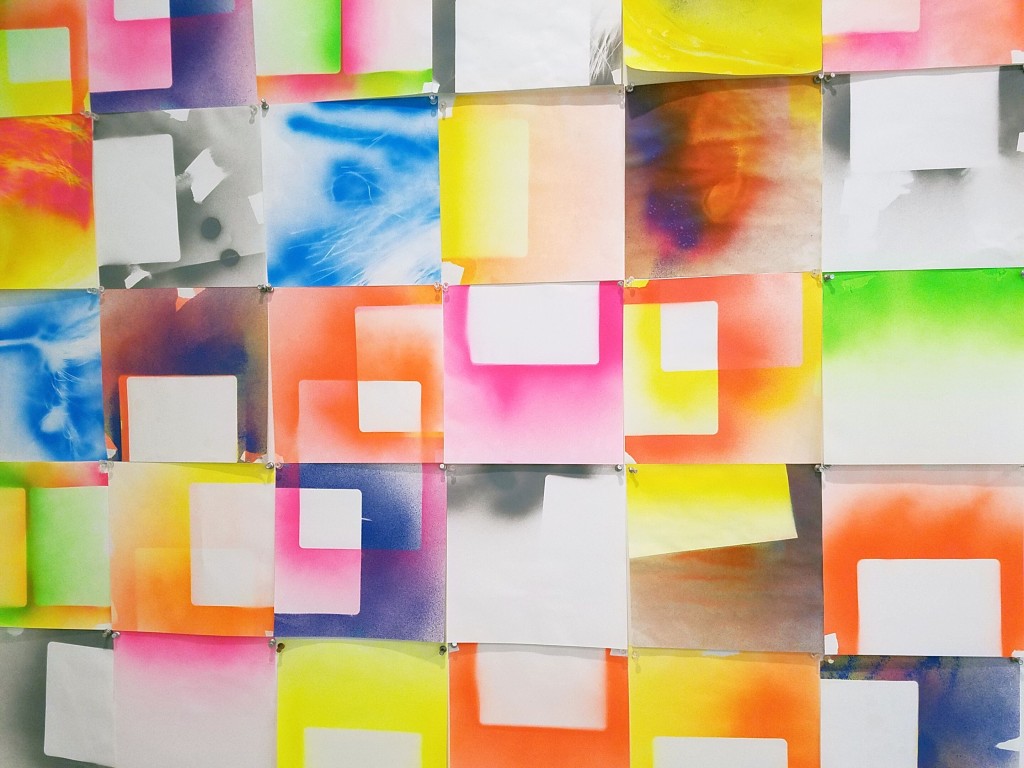

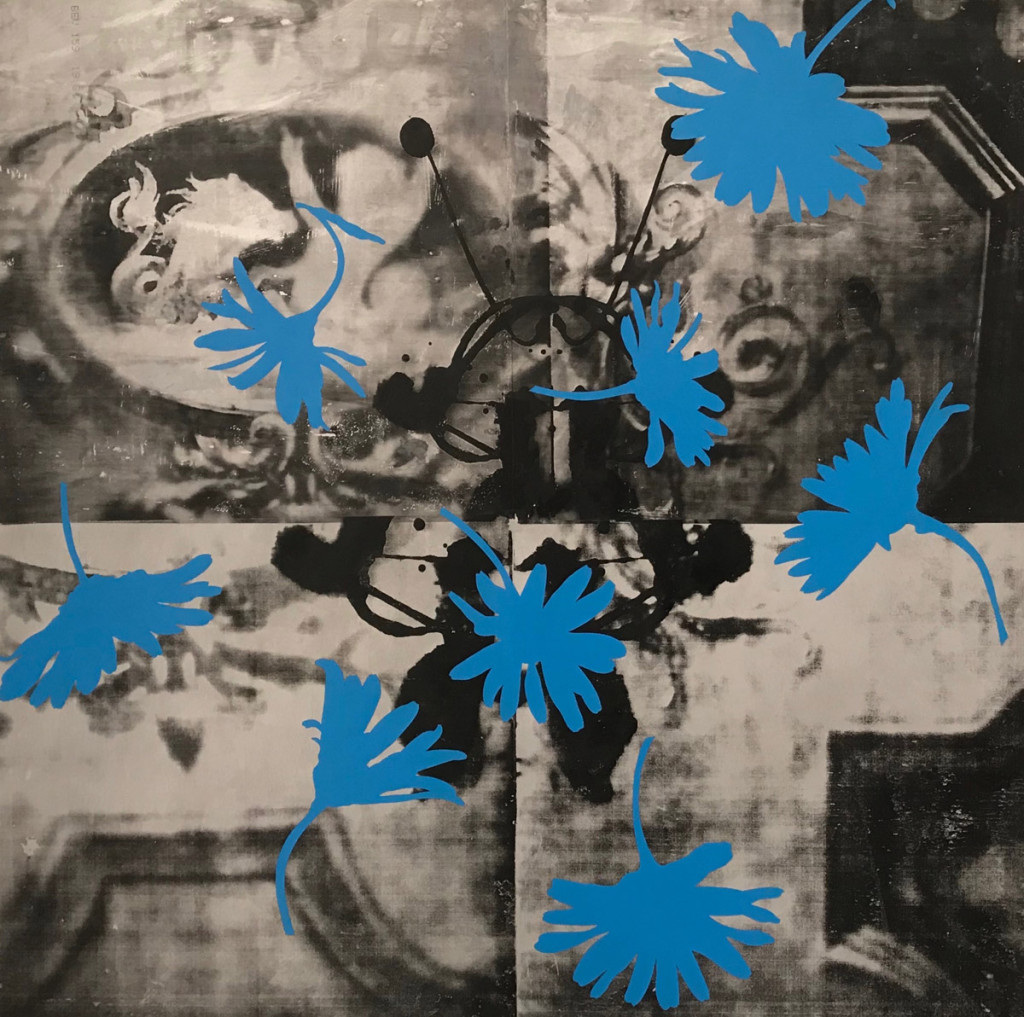
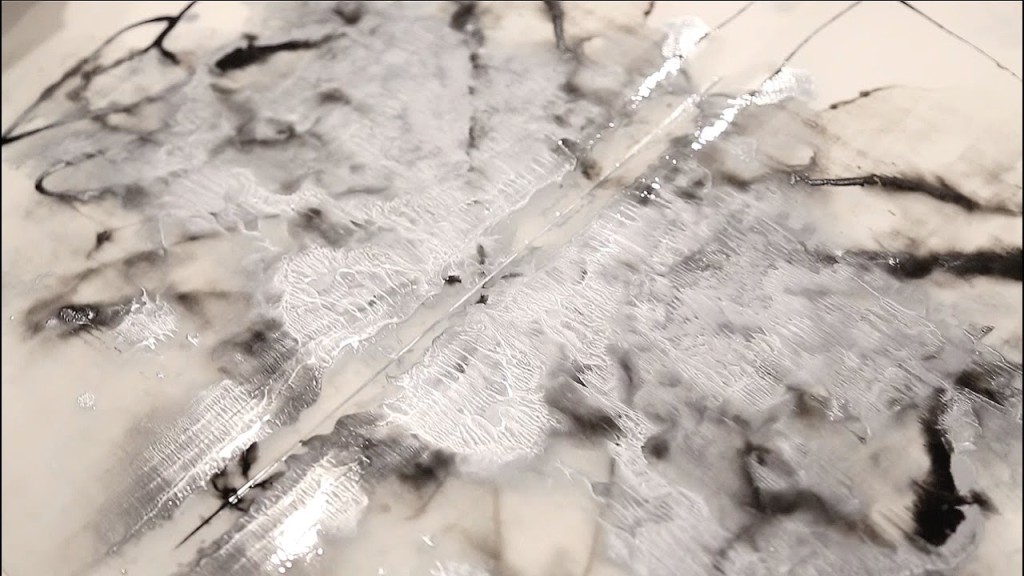
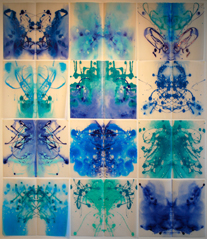

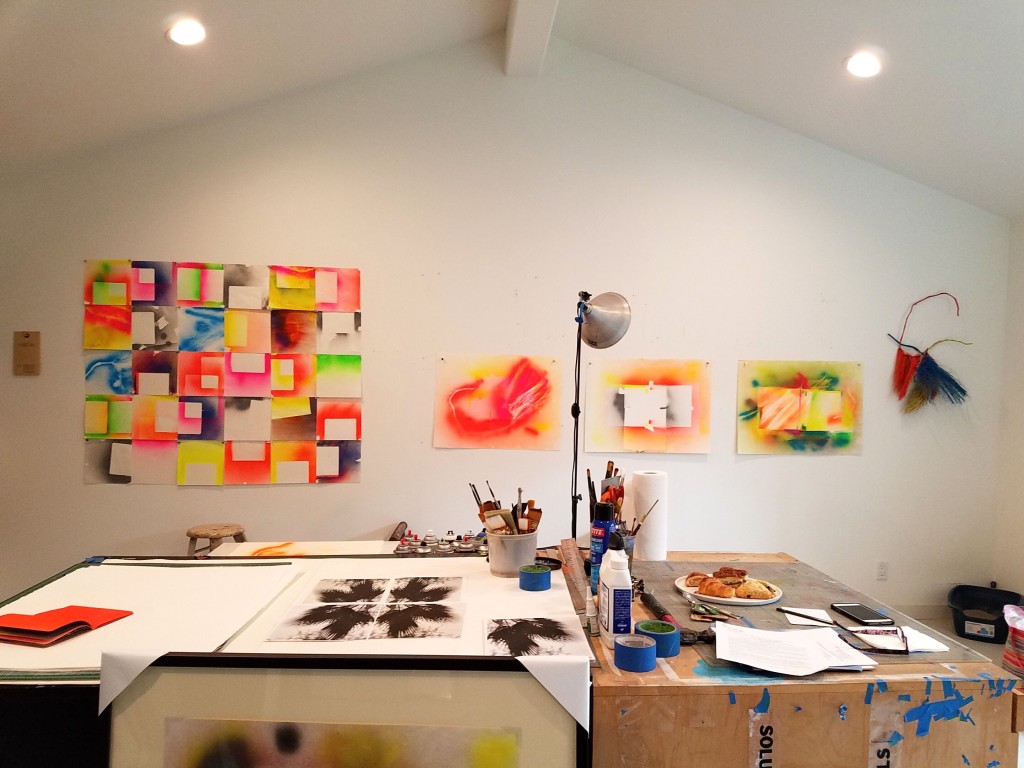
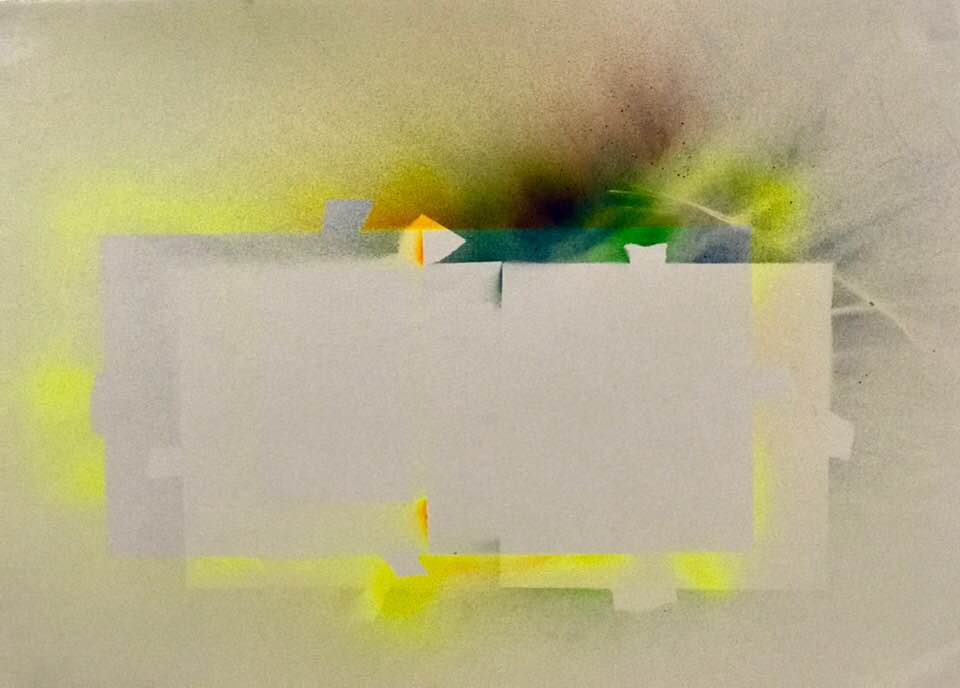
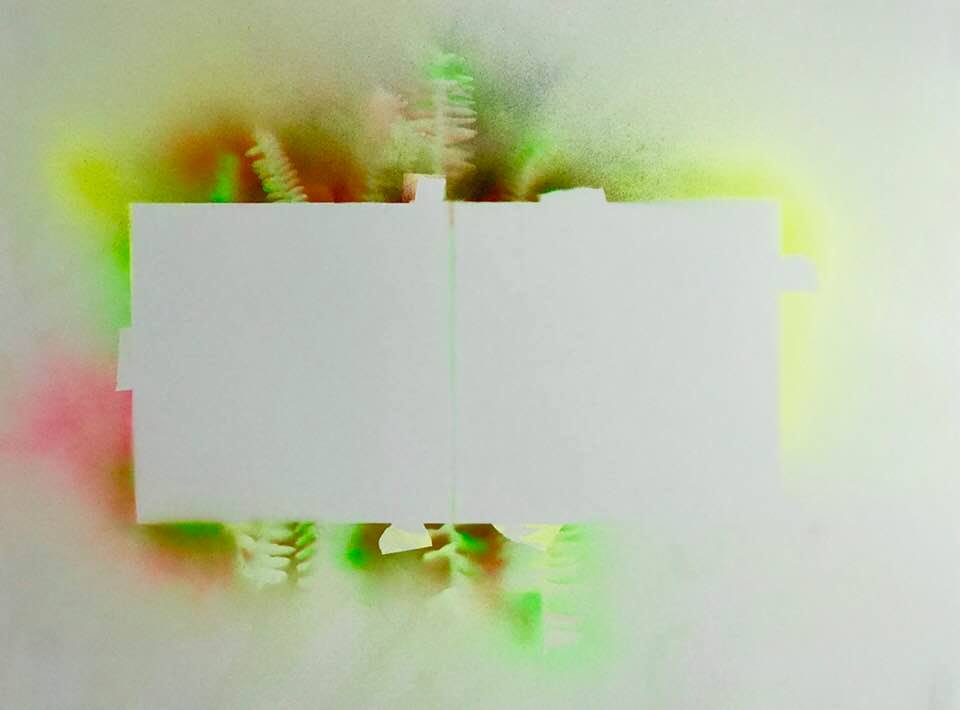
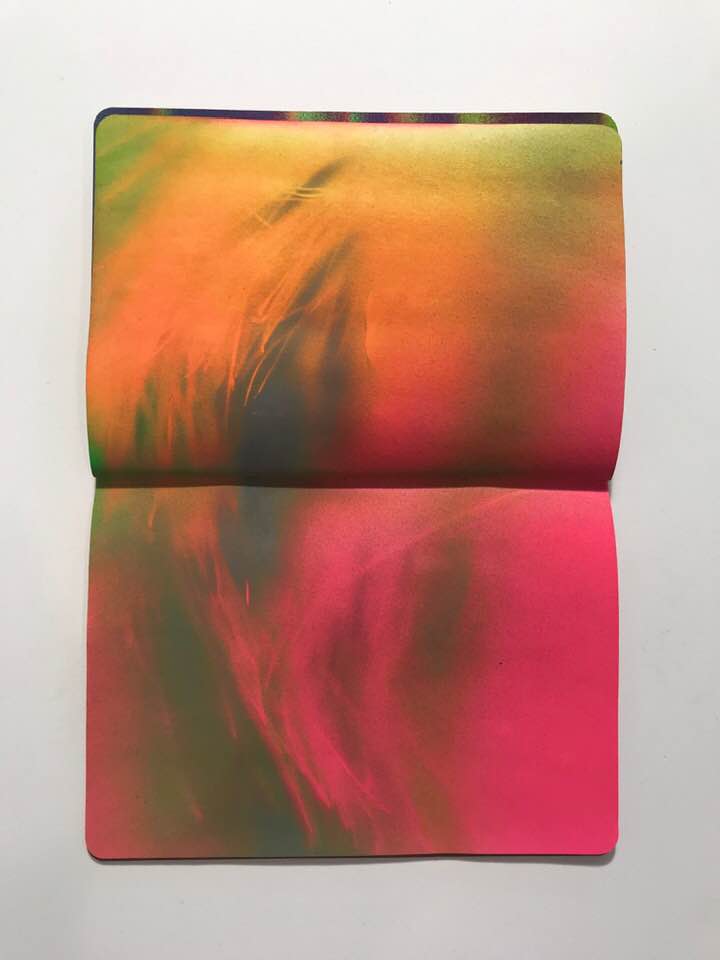

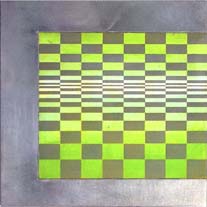

Brilliant!
What a thoughtful appraisal. Learning so much about the artist’s journey and inspirations makes her art, already beautiful, an even richer experience.